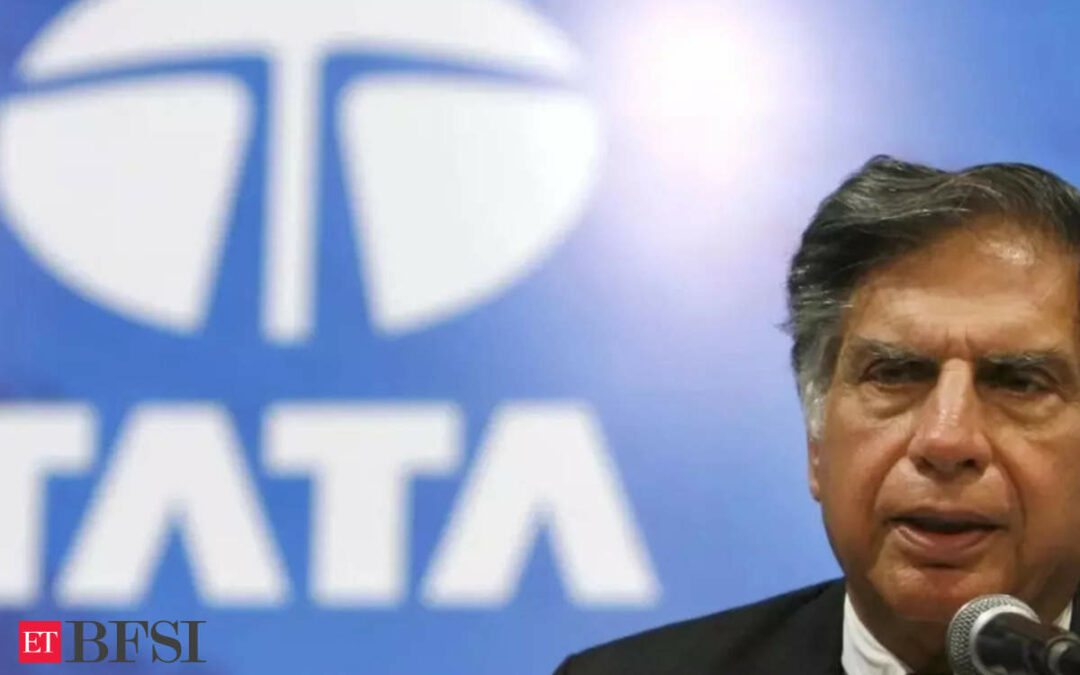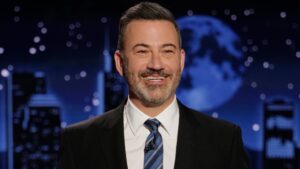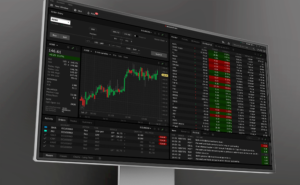At the ETCFO Leadership Summit last year, Mukund Rajan, former chief ethics officer of Tata Group, in a fireside chat with Amol Dethe, shared valuable insights about the visionary leadership of Tata Group’s Chairman Emeritus Ratan Tata. Drawing from his 12 years of experience working closely with Tata, Rajan highlighted the profound impact Tata had on the group during a pivotal era in India’s economic journey.
Leadership philosophy and synergy
Rajan stressed on the importance of Tata’s dual role as chairman of Tata Sons and chair of Tata Charities, noting how this synergy shaped the group’s ethos. “He cared deeply about the direction the group was taking,” Rajan remarked. He pointed out that during Tata’s leadership, significant initiatives like the introduction of a mission statement and the first code of conduct in 1998 were implemented, solidifying the group’s commitment to ethics and trust.
“He knew how to reach out for advice and inputs, often from unexpected quarters. It wasn’t just the managing director and the two CXOs he relied on; he talked to managers and young people. I was part of the Tata Administrative Service, and he often engaged with TAS officers to understand what was going on. Leadership requires openness to communication, being accessible, and gathering insights to articulate and build sound strategies,” Rajan said.
Curiosity and humility
Rajan described Tata as a leader driven by curiosity, particularly in technology. “He was very interested in technology,” he said, recounting how Tata authored strategic plans focused on high technology, which led to the dramatic rise of Tata Consultancy Services (TCS). “When I joined the group, TCS was a few hundred crores in revenue; now it’s the largest contributor to market cap.”
One of the standout qualities Rajan attributed to Tata was his humility. “In all the years I worked with him, I probably saw him lose his temper once,” he noted. “He was extremely humble and respectful to everyone in the organisation. At airports, he would carry his own bags.” Rajan contrasted this with contemporary leaders, stating, “These days, you see people surrounded by entourages; he was never like that. He hated attention.”
Rajan stressed the importance of this humility in leadership, saying, “When you see people of stature conducting themselves respectfully, it leaves a mark. You don’t have to be the loudest voice in the room to get your job done. When you spoke, people wanted to listen to you, and that was very much the case with him.”
Open communication and bold vision
Rajan stressed the importance of open communication in Tata’s leadership style, mentioning how Tata engaged with individuals at all levels within the organisation. “Leadership requires accessibility and gathering insights. Tata exemplified this by being open to dialogue with employees at all levels, ensuring he was well-informed to build sound strategies,” he said.
Rajan also commended Tata’s boldness in vision, particularly regarding acquisitions. “The acquisitions we made, such as Corus and Jaguar Land Rover, were huge bets that could have potentially bankrupted us if mistakes were made,” Rajan stated, attributing Tata’s success in navigating these challenges to his charisma and ability to align the board behind him.
“We did not execute everything at once. Before going for the big acquisitions, we made several smaller acquisitions in the auto sector to gain experience and learn how to manage them. All of this demonstrates that business decisions need to be measured and calibrated; you can’t rush into things,” Rajan said.
Tata had the charisma and stature to align the board behind him and unite the finance team. Unfortunately, these acquisitions were made just before the global financial crisis, which was unpredictable, Rajan said.
A strategic approach to internationalisation
Rajan outlined Tata’s strategic approach to international expansion, explaining that it was not done blindly but involved significant preparation. “In the 1990s, we had to defend our home turf by improving quality,” he said. He pointed out the establishment of Tata Quality Management Services and the Tata Strategic Management Group, which helped steer the group’s strategy.
They helped in strategising where we needed to compete, Rajan said, adding in the 1990s, Tata focused on making the company stronger, and when we felt robust enough, we began the internationalisation phase.
“The idea was that if we didn’t have the technology or smarts, we would bring in partners—like AIG, IBM, Honeywell, and Mercedes-Benz. These partnerships started in the ’90s, and by the 2000s, once we felt strong in our domestic market, we aimed to compete internationally.
Some of this was organic, but a lot was through the inorganic route—acquiring companies to gain market share, technology, and brands. The acquisitions like Jaguar Land Rover were strategic moves made after careful consideration and preparation.











